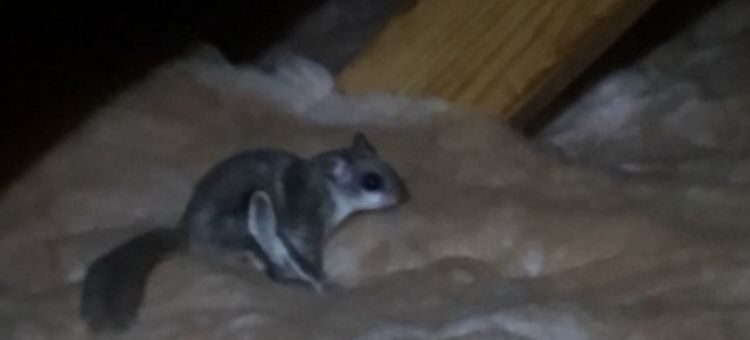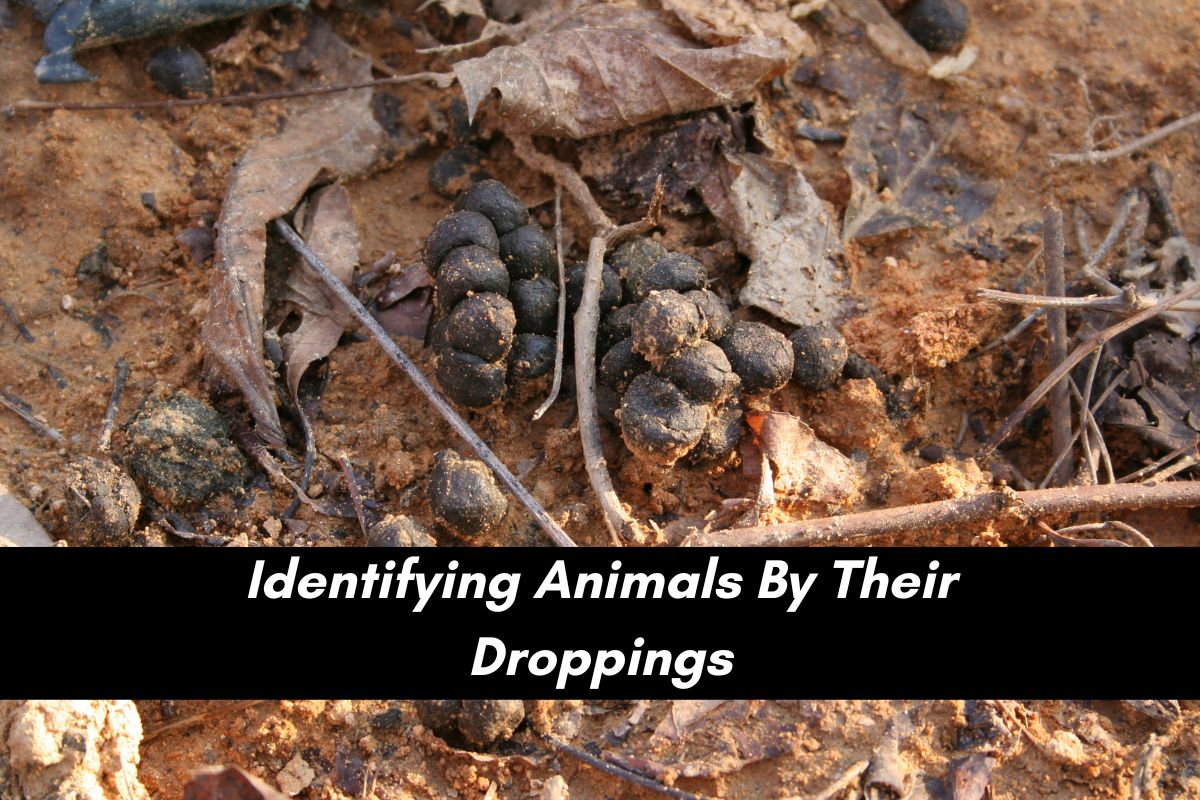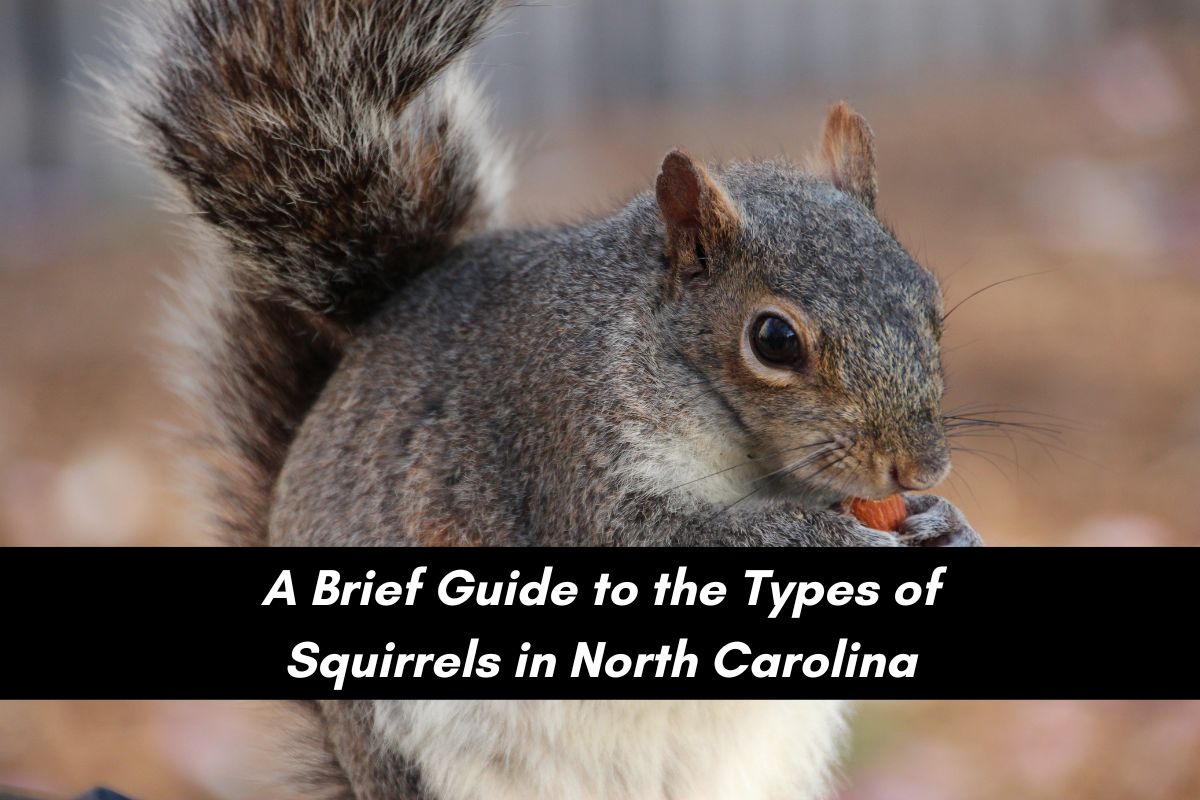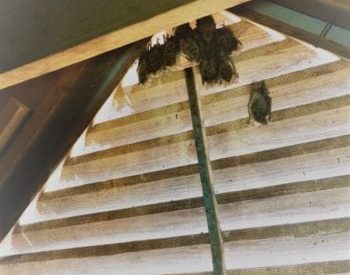
Flying Squirrels in North Carolina
- Posted by gordonb
- On January 28, 2022
- 0 Comments
North Carolina’s Adorable Nuisance
There are two types of flying squirrels in North Carolina: the southern flying squirrel (Glaucomys volans) and the Carolina northern flying squirrel (Glaucomys sabrinus coloratus). Between the two, the only species considered a pest is the southern flying squirrel, which is found in Raleigh, Durham, Chapel Hill, and surrounding cities in the Triangle. Carolina northern flying squirrels are typically found in higher elevations in the western part of our state and are federally and state protected due to their endangered status.
Southern flying squirrels are much smaller than their squirrel cousins, measuring (at most) less than 10 inches and weighing in at 2 to 3 ounces. They have satiny, light brown fur on their back with a creamy white underbelly. Since these adorable nuisances are nocturnal (active during night hours), they have large eyes to help them see their environment in the dark. These rodents are omnivorous and eat a variety of food including: hard mast (acorns and other tree nuts), fungi, fruits, flowers, bird eggs, nestlings, and even carcasses. They are truly arboreal, spending the majority of their lives in trees (or in your attic), only going to the ground for some foraging and storing of hard mast for the winter.
Can they fly?
Well, no. Not really. A better nickname would have been “gliding squirrels”. Flying squirrels use their patagium (the large flap of skin between their front and hind legs) as a parachute to glide from one tree to the next. Their gliding techniques are quite impressive. They can easily weave through obstacles as they glide from tree to tree, using tension and flexion of the patagium to maneuver and their tails as rudders to steer. Wildly enough, they can even execute sudden 90° angle turns to get to their next stop, which may be your home.
Nesting behavior and young
Southern flying squirrels’ nests are often made up of leaves, moss, lichen, shredded bark and lined with feathers. They set up their nests 10-20 feet above the ground, typically in tree cavities; however, your attic may also a tempting option since they only need an opening the size of a quarter to get inside.
Mating takes place between January and February and again in June and July, though not all females breed twice a year. Two months later, the young are born. Baby squirrels of any species are called kits. Southern flying squirrels produce 1-6 young per litter, though 2-3 is most typical. A kit can start gliding on its own at 8 weeks old. Kits nest with their mother until her subsequent litter.
This species of squirrel typically roosts together in a medium to large colony of 4-20 squirrels. It has been suggested by wildlife biologists that those numbers can actually be closer to 50.
What happens if I have flying squirrels in my home?
Flying squirrels are cute until they become a pest in your home. They are very social, as previously mentioned, and can cause a lot of damage to your home. Whether the damage is to the insulation, wires, or structure, you can be sure that they will make their mark. As a rodent, their front incisors are constantly growing, so they depend on chewing and gnawing on objects to keep their teeth length at bay. Rodents are also unable to control when they eliminate. This means they leave feces and urine everywhere they go. Their droppings can smell, leave stains, and, most importantly, spread disease. The most common illness associated with the southern flying squirrel is typhus fever caused by bacteria in their droppings.
How will I know if I have flying squirrels?
The southern flying squirrel has a 4-syllable, high-pitched trill. Typically, the squirrels call in a frequency that is much too high for humans to hear; however, if they’ve taken up residence in your attic or walls, you may be able to pick up on their calls. Listen to their call here.
In reality, you are more likely to hear their movement versus their call. They are active at night, so you may hear scurrying, scratching, or gnawing in your attic or walls.
I have them, now I want them out!
Trapping and removal is necessary to make sure these animals stop damaging your home and health. After removal, the best defense for flying squirrels is a good offense. Our technicians at Critter Control of the Triangle are trained and certified to know the best methods for trapping your pests and sealing up the entry points, such as your home’s eaves, louvres, or even small gaps, they used to get into your home. Sealing these areas will prevent squirrels from getting in your home again.
It is highly recommended that you do not attempt to remove the squirrels on your own.
We are here to help! If you are seeing or hearing signs of flying squirrels, call Critter Control of the Triangle at 919-382-0651. We work in Raleigh, Durham, Cary, Chapel Hill and the surrounding areas.











